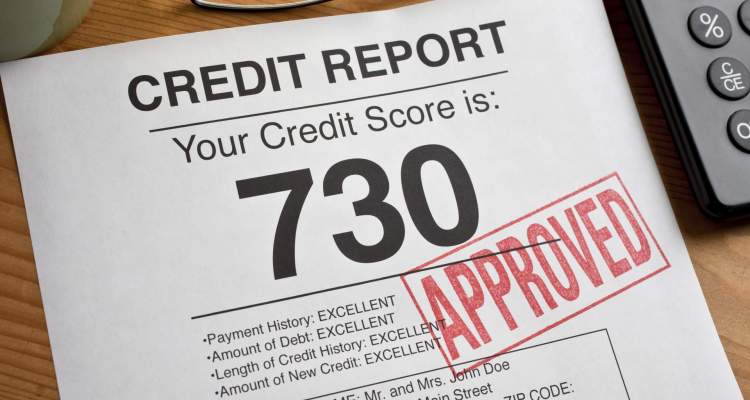
How lenders determine a person’s ability to pay
When you apply for credit, the lender must estimate the probability that you will be able to repay the debt as scheduled. What does a lender need to know in order to predict your reliability and your capacity to repay this debt? The creditor starts by assessing your application for credit, in which you provide quite a bit of information about yourself, your residence, occupation, bank, salary, mortgage, and consumer debts.
Past Mistakes
In addition, the lender may want to know how you have handled previous credit transactions; have you made mistakes in the past, or paid late or not at all. This information can be obtained from the credit bureau.
Credit Bureaus
A credit bureau is a business that sells information about credit transactions to its subscribers, who are mostly creditors and other businesses. Two large multinational companies – Equifax Canada and TransUnion Canada dominate the credit reporting business in Canada.
Credit bureaus are not government agencies
Credit bureaus obtain funds by selling memberships to firms that extend credit – especially financial institutions, retailers, and to a variety of other businesses that need information on the credit histories of customers. Employers and landlords have an interest in subscribing to the credit bureau, as do life insurance companies.
However, in order to become a member, the applicant must have a legitimate business interest in such credit information.
Credit bureau members pay an annual membership fee in addition to a charge for each credit report they obtain. These days, most credit reports are transferred electronically from the credit bureau to the member requesting the file. With the electronic transmission of information, the credit bureaus can easily send reports to nearly anywhere in the world. The service contract signed by members binds them to use the information obtained from the credit bureau for strictly bona fide business purposes and also requires that the member give the credit bureau any relevant credit information they have about their customers.
Credit Files
Anyone who has credit cards or charge accounts, or has ever obtained a mortgage or another type of loan, has rented accommodation, or is connected to utilities such as telephone or hydro, may be on file at the credit bureau. Most of the information in the credit bureau file comes from three major sources: the individual, the individual’s creditors, and public records. Each time you apply for credit, the facts supplied on the application form are transferred to your credit bureau by the credit grantor when a credit report is drawn.
In addition, it is common practice for major credit grantors, such as bank credit card companies, large retailers, and financial institutions, to send their entire credit files to the credit bureau every month. These computer files, which report the status of all their accounts, are electronically merged with those already in the credit bureau files; new files are set up for anyone who does not already have one.
The information in a credit bureau file includes the account number, the outstanding balance, and whether payment has been made on time as per the contract with the lender. Items of public record, registered liens under provincial legislation, such as chattel mortgages, and conditional sales agreements registered with provincial authorities. In addition, reports on court judgments, consumer proposals, and bankruptcies, are obtained by the credit bureau and added to the files.
Credit bureaus store their files in computers, where they are immediately accessible to other bureaus. The file, entered in code or an abbreviated form for conciseness, includes the individual’s usual manner of debt repayment classified on a nine-point scale as well as information from a number of other sources.
How to read the credit bureau file
Current Manner of Payment (North American Standard)
Abbreviations for Type of Account
O – Open account (30 or 90 days)
R – Revolving or option (open-ended account)
I – Instalment (fixed number of payments)
Current Manner of Payment (Using payments past due or age from due)
0 – Too new to rate; approved but not used
1 – Pays (or paid) within 30 days of the payment due or not over one payment past due.
2 – Pays (or paid) in more than 30 days from the payment due date, but not more than 60 days, or not more than two payments past due.
3 – Pays (or paid) in more than 60 days from payment due date, but not more than 90 days or not more than three payments past due.
4 – Pays (or paid) in more than 90 days from the payment due date, but not more than 120 days, or four payments past due.
5 – Pays (or paid) in more than 120 days but not yet rated 9
6 – No rating for this
7 – Making regular payments under a consolidation order or similar arrangement (debt-repayment programs)
8 – Repossession
9 – Bad debt; placed for collection; skip, bankruptcy
Your rights
Did you know that you have the legal right to see your credit bureau file at any time? Have you read your credit bureau file lately? If not, why not? Did you know it is a free service in most provinces – download your Equifax application, and your Transunion application to receive a free copy of your credit bureau reports?






